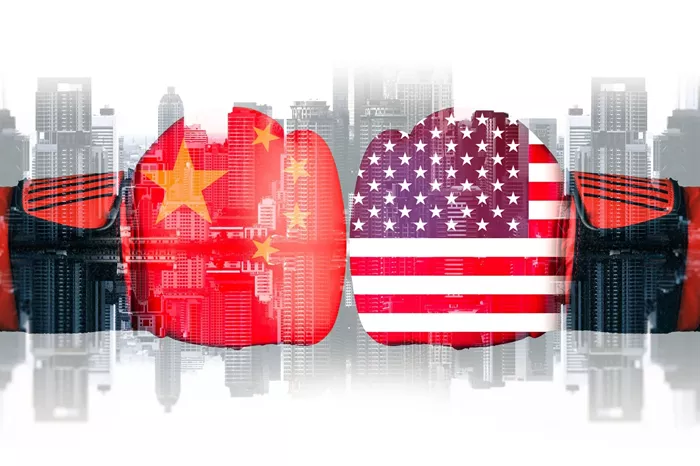Despite the ongoing trade conflict with the US, China is well-prepared to weather the impact of President Donald Trump’s tariffs, which have affected trade and economic relations. Though China faces a loss of demand from the US, it can replace this with domestic consumption, which is expected to grow as China shifts its focus to boosting internal demand. Additionally, China’s economy has adapted over the last five years to operate without reliance on American technology, making it less vulnerable to the US’s attempts to disrupt its supply chains.
Tariffs and Trade Disruption
The recent tariff issues have not significantly damaged the global economy, but they have disrupted the balance of trade between the US and China. Trump’s administration initially threatened steep tariffs on Chinese goods, but these were eventually scaled back after financial markets responded negatively to the potential economic fallout. Despite this, tariffs on steel, aluminum, and a broad range of consumer goods remain in place.
Trump’s team justified the trade war as a way to combat unfair trade practices, reduce the US trade deficit, and strengthen American manufacturing. However, these goals often contradict one another or are unrealistic, leading many analysts to suggest that Trump’s true aim is to consolidate power. By imposing tariffs, he can exercise authority without the need for Congressional approval, making tariffs a tool of dominance rather than a strategic economic policy.
Global Reactions and the Limits of Power
While Trump’s tariffs have pressured countries to act, many leaders now see these measures as ineffective. Countries that did not push back against the tariffs were granted reprieves, while those that resisted faced severe penalties. This has caused a shift in how countries approach US trade policy, as many now view the US as an unreliable partner in global trade.
Furthermore, Trump’s ability to continue raising tariffs is limited by the financial markets. His most recent retreat from the so-called “reciprocal” tariffs came after bond markets reacted negatively. This indicates that while tariffs can cause short-term disruption, they also carry significant risks to the US economy, especially in the context of inflation and higher consumer prices.
China’s Strategic Response
China, on the other hand, is in a strong position to manage its economic challenges. Despite losing access to one of its largest export markets, it has developed its capacity to produce goods without relying on American imports, thanks to five years of strategic export controls. This has made China less dependent on US technology and more resilient to external economic pressures.
China is also likely to avoid a major currency collapse, as it has managed the value of the renminbi carefully, easing some controls to cushion the effects of tariffs. The country is now focusing on boosting domestic demand, which had been previously held back by tight monetary policies and an overemphasis on manufacturing.
The US Faces Bigger Economic Challenges
For the US, the trade war has led to higher inflation, especially due to the tariffs on Chinese consumer goods. The US relies more heavily on Chinese industrial inputs than China depends on US components, and the rise in input costs is already hurting US businesses. Meanwhile, China can address its demand issues with improved economic policies, while the US faces challenges like inflation and potential stagflation, which will require more significant economic adjustments.
Conclusion
If Trump’s goal in the trade war with China is to force Beijing into submission, it seems unlikely to succeed. China’s economic resilience, coupled with its growing domestic market and technological independence, positions it well to withstand the ongoing conflict. The US, however, may find itself facing growing economic difficulties that could prove harder to overcome.
Related Topics:
Dow Jumps 3,000 Points as Trump Pauses Tariffs
Gold Prices Rise On Softer U.S. Inflation Data, Renewing Hopes For Fed Rate Cuts
Global Stocks Face Pressure As U.S. Bond Yields Rise Ahead Of Fed Meeting

